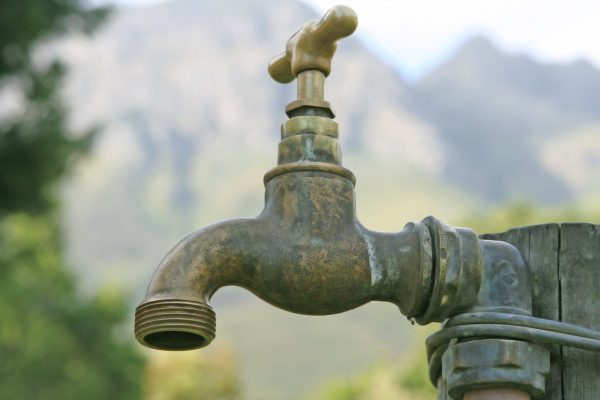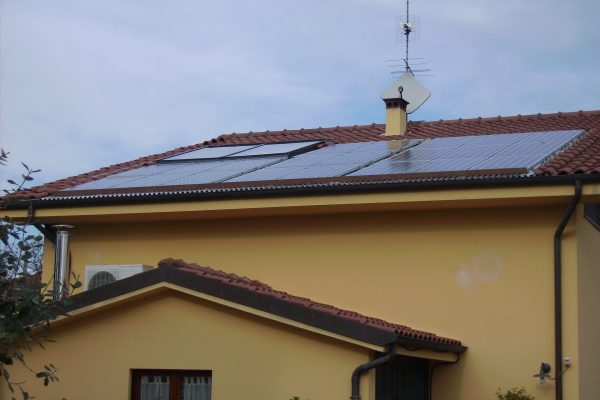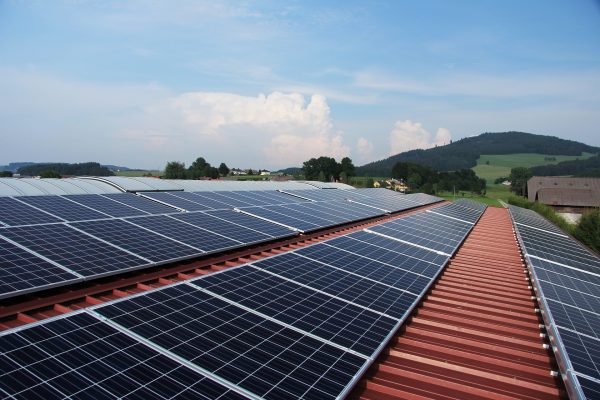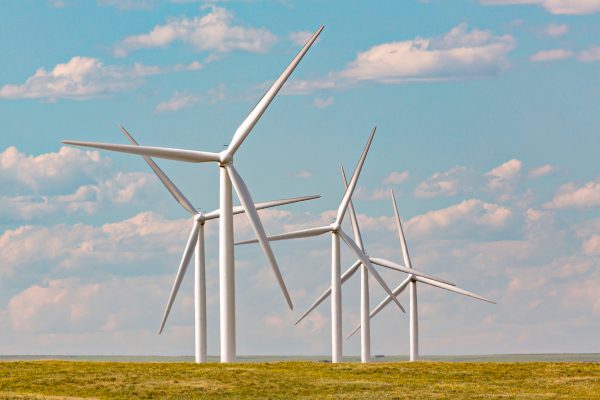Wisconsin Green Industry Federation
Welcome!
We are the industrial suppliers for environment-friendly raw goods and services for manufacturing. Our high-quality raw materials provide the best manufacturing solutions to our clients while also reducing the carbon footprint.
Contact
608-743-9696
Call for free!
Location
4323 Milton Ave, Janesville, WI 53546, USA
Must Read
greened industries do have some defining attributes
raw materials
energy
water
reagents
Features / 01
the use of bio-source
Features / 02
Recyclable resources
Features / 03
Economical Value Added
Stable Energy Industry
100% Green, Renewable Electricity
Energy & Utilities
Explore our online store for all types of industrial equipment made for a safe working environment.
Green Industries
Recycled Materials
Advisory Services
Conference

Sustainably Produced Inputs
Reuse and recycling of solid waste streams
We are connected to the waste processors around the country that deliver us recyclable raw goods that are verified with our own quality process.
Market forces
Production processes free from harmful toxins

Contact Us
Get More Updates
Latest Updates
What We Can Learn From This Plumber in Tromsø, Norway, About Reducing Carbon Footprints
At the Wisconsin Green Industry Federation, we are always looking to share findings from companies that do things “greener.” And although we are based in the US, we are happy to look across the Atlantic to find out what they’re up to in Europe.
The company we have chosen to feature today is called VVS 24, a plumber in Tromsø, Norway. After browsing different European websites for a while, this particular company caught our interest. On their homepage, VVS24: Rørlegger i Tromsø, they feature an article where they explain that they utilize a new technology called BioCleaner, which entails a biological cleaning system of sewages, not only for individual houses, but for entire towns.
Given their relevance to our focus on eco-friendly raw materials and manufacturing solutions, we reached out to them to see what we could learn from them about reducing carbon footprints. Here are five of the things they shared with us.
1. Do the Plumbing Budget Efficiently to reduce carbon footprint
The first step to reducing the carbon footprint when plumbing, is to use building materials that are sustainable, and that has been proven to be more eco-friendly. The new trend for environmentally-friendly plumbing systems is not only advantageous for the climate of our planet, but is also advantageous to your wallet.
2. Plumbers Should Utilize Water-saving Devices
The average U.S. family uses about 35 gallons of water per day, which is more than double the global average. With almost half of all homes not equipped with water-saving devices, this number is only set to rise. There are two main ways that plumbers can help conserve water today:
- Installers should install water-saving devices in new homes to reduce the household’s overall usage. These devices include low flow toilets, low flow showerheads, and faucet aerators
- Plumbers can educate their customers on how to use these products
3. Prevent Plumbing Leaks & Maximize Water Filtration
Water leaks and water filtration are two major issues homeowners face. There are many causes of plumbing leaks; here are two of the most pernicious:
- Blocked Drains: Drains might be blocked if there is a buildup of hair and grease, or if rocks and other materials have made their way into the pipes. This will need to be removed before it could cause a leak or need for repairs.
- Pipes Ageing: Pipelines also age over time, which can lead to cracks and gaps in pipes that can cause leaking problems. These can also form due to corrosion from acidic substances such as vinegar and coffee.
Plumbers do well to do thorough first-time installations to prevent leaks from arising. Water filtration systems should also be checked regularly to secure maximum flow.
4. Recycle Plumbing Wastewater or Use Recycled Water to Wash Vehicles & Boilers
Plumbing wastewater and recycled water can save a lot of energy and reduce the risk of contaminating freshwater. Recycling wastewater or using recycled water to wash vehicles and boilers not only reduces the demand for freshwater but also reduces the pollution that is caused by using freshwater.
The recycling process can save up to 80% of the energy consumed in treating and pumping freshwater as well as reduce contamination risks.
5. Reduce Plumbing Garbage by Using Reusable Packaging & Trash Bags
The average American produces 4.4 pounds of garbage per day, according to Save on Energy. This is an astounding number, and does not include the construction and home improvement industry, where the average person generates about 8.6 pounds of garbage each day.
We can reduce these numbers by using reusable packaging and trash bags for any construction project that creates a lot of waste. Thinking extra hard about all the processes that go into a plumbing company will help week out the habits or the methods that create an unnecessary carbon footprint.
Concluding Thoughts from the Plumber in Tromsø
Some key takeaways that the Norwegian plumber VVS 24 wanted to conclude our interview with, are to be more mindful of your plumbing company’s carbon footprint, make small changes in lifestyle, and be more environmentally conscious.
Reducing the carbon footprint means reducing the human activities that deplete the earth’s natural resources. It means reducing consumption without compromising the quality of life or economic stability. To do this, we need to change our mindset about how we measure success, take small steps by adopting sustainable practices, and make sure that everything we do is good for both people and planet.
How to glue solar panel to roof
Solar power is a clean and renewable energy source. The demand for solar power has been growing as it is an affordable, safe and sustainable way to generate electricity. Solar panels are now being installed on rooftops all over the world. Installing a solar panel roof mount using glue isn’t difficult, but there are a few things you should consider before you start the installation, so make sure you read all the way to the end.
3 steps to gluing your solar panel to your roof
The following tips are general guidelines for when you need to glue solar panel to roof. For the specific, step-by-step process, you need to consult the instruction manual for the glue that you’ll be using (the 3M is especially popular, and by following the link, you can see an example of an instruction manual that has been made for solar panel glue).
Here are the general guidelines:
- Use a rubber roof coating to help solar panels adhere to your roof.
- Choose the right type of solar panel for the roof you have. If you have a metal roof, choose metal solar panels. If you have asphalt shingles, choose an asphalt solar panel.
- Install the panels in an orientation that will get them the most exposure to direct sunlight – preferably south or southwest facing roofs for Northern hemisphere locations, or north or northwest facing roofs for Southern hemisphere locations.
Is glue strong enough to mount a solar panel to your roof?
The strength of the adhesive is critical to the long-term performance of solar panels. Glue can be used to mount solar panels on roofs. However, there are many factors that affect the ability of a glue to have an effective bond, including the type of roof, substrate, and the adhesive’s viscosity.
To glue solar panel to roof is usually possible for houses (unless you live in an area that is oft-stricken by tempests), but glue is not strong enough to mount a solar panel onto the top of your vehicle. If you were to use glue, the solar panel would fall off after some time. This is because glue does not provide much structural support and it would be difficult to apply the needed pressure that would keep the panel in place.
How long does glue for solar panels last?
There are several factors that affect the life of the glue on solar panels. The main factor is temperature. The hotter it gets, the faster the adhesive will deteriorate. Moisture can also cause problems for solar panel glue.
The type of glue used on solar panels also has an impact on how long they last. For example, epoxy adhesives are more suitable for humid environments than polyurethanes.
Are there other better installation methods than to glue solar panel to roof?
That depends on where you’re going to mount a solar panel. The best way to mount a solar panel on the top of your car, for example, is with bolts and brackets. This will ensure that the panel stays in place for as long as you need it there.
For other, more specific questions about how to glue solar panel to roof, ask your local or national provider of solar panel glue for guidance.
More and more people want to get work done in their homes due to corona
For many people around the world the way we work has changed dramatically since the onset of the coronavirus pandemic. Some countries managed to overcome several covid waves and are lifting their restrictions, whereas some are still struggling with the soaring numbers of covid cases and forcing of new lockdowns. However, what is clear is that once restrictions are lifted, many of us will find ourselves back in the office. Yet there is a growing sentiment among office-workers of not wanting to go back to the business-as-usual scenario, and many call on companies to let them work from home – even after the pandemic is over. A survey conducted by Fluent shines a light as to why.
More family-time
How many of us feel like underperforming parents? The pressure put at work sometimes leaves us feeling drained out and by the time we get back home, we have no more energy left to give to our loved ones. Not spending more time with family is one of the major regrets for many people and now that many are working from home, they can finally witness their baby taking the first steps, or saying the first word. Remote work offers a chance to experience the joys of family life anew and this is something that many are not prepared to let go of and the major reason why people want to work from home.
Another (slightly unexpected) side effect of this is that many people now want to fix up their homes because they spend more time in them than ever before. For instance Gisle from BAD & VVS – rørlegger Bergen, says that they have never had more to do then now because so many want to fix their homes and bathrooms because of this.
No commute
Peter Drucker, the renown management guru, famously stated that “commuting to office work is obsolete” back in 1993. His words became more relevant than ever in 2020: the global pandemic showed that commuting to the office is indeed unnecessary as many firms needed to quickly adapt themselves to the new reality of remote work. One study even found that on average, commuters lose 54 hours in traffic annually. It is perhaps unsurprising to see why so many people want to work from home. This leads us to another benefit, which is…
Saving money
Working from home almost feels like a pay-rise. Taking into account the daily costs of commuting to work, they can quickly add up: just consider how much one spends on petrol or on public transport (costs will inevitably vary – for some workers living further away from the city the costs may be higher).
Flexible work-hours
This one is especially relevant for working parents and working mothers, in particular. Remote work offers them a possibility to balance work life with family responsibilities. Research conducted by McKinsey shows that remote-work mothers report higher work efficiency (i.e. effective time management) precisely because of schedule flexibility.
Increased productivity
Multiple studies demonstrate that remote workers are more productive than their in-office counterparts. The link between remote work and increased productivity is straightforward: employees not only get their work done faster, they also take less sick leaves. Remote workers themselves claim that they experience increased productivity because there are fewer distractions at home and the work environment is quieter than that in the office, improving concentration.
Solarpanels are becoming a hit in Bergen
In the wake of a rapidly changing climate, renewable energy is becoming more and more popular around the globe. Norway is known for harvesting water power and wind power in great quantities, given its mountainous and windy environment. Another renewable energy source which has been considered as not very practical in Norway, however, is the solarpanel. Why? Because Norway is not exactly the country which experiences the most sun each year. This is especially the case for Bergen, which has about 250 days of rain each year.
But what if we told you that solarpanels are becoming a hit in Bergen? What if we told you that, despite the horrid amounts of rain and lack of sun, we can still produce a lot of environmently friendly, renewable energy with solarpanels?
For example, did you know that Ulsmåg Elementary School in Bergen has a solarpanel as large as 40 square feet? With this panel, you can actually watch how much power is being produced.
The sun hits the earth with dizzying amounts of energy, every single second. What if we could use this energy to heat our own house? There are more and more people who consider mounting a solarpanel on their own roof. Surplus production can be sold to the local electricity firm. A normal objection, which often makes the interested person a bit more hesitant, is the number of sunny days in Bergen.
“How much will a solarpanel in Bergen actually give in the form of profits?” Now we have the answer.
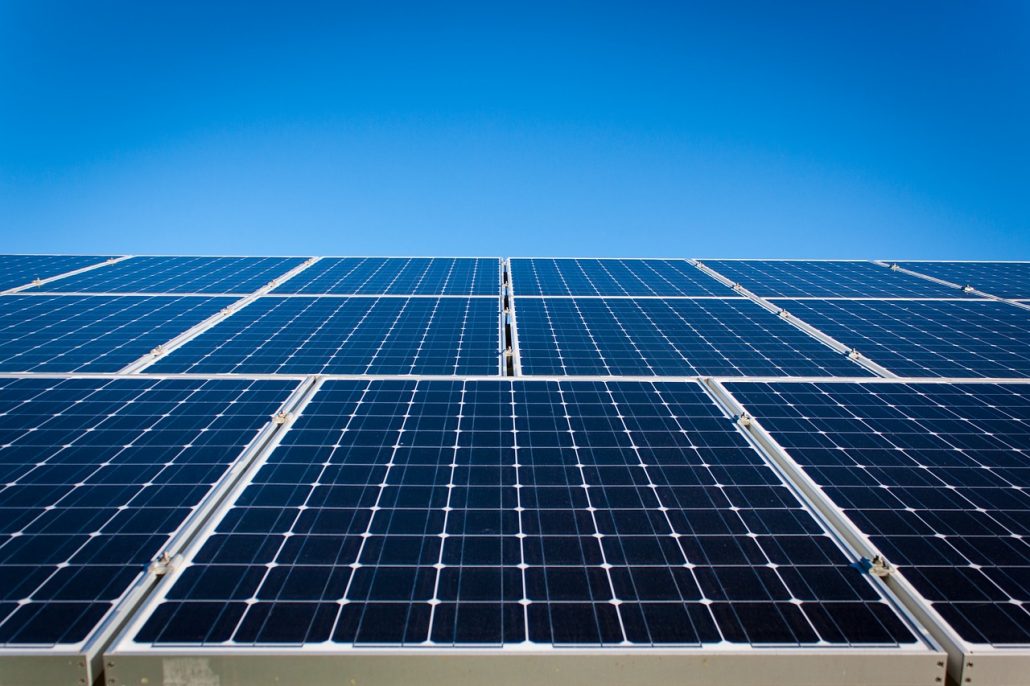
An example
Ulsmåg Elementary School has a solarpanel as large as 40 square feet. This facility supplies the entire school with its minimum needs for warm water. With the average household solarpanel being about four to eight square feet large, this means that you should easily be able to cover your warm water expenses with this renewable energy source. And if you choose to extend your solarpanel use to your cabin (if you have one), it might even be enough to power the entire cabin’s electricity expenditure.
From time to time, the school produces more electricity than it needs. The facility produces 6,6 kWp. The unit kWp (kilo watt peak) is used to tell us about number of kilowatts a solarpanel can produce in perfect conditions.
Anyone who wishes to watch the power production at Ulsmåg Elementary School can do so by going to their website. The overview shows day by day, month by month, how much electricity the facility produces. It’s fun to follow the development. And it’s easy to see on which days in February the sun was shining.
Ulsmåg Elementary School is just one of the examples of why solarpanels are becoming a hit in Bergen. They can make a big difference, they help the environment, and despite the relatively few sunny days in Bergen, they will still be able to produce a lot of electricity.
Join the movement
Do you want to install a solarpanel on your roof today, or just learn more about the costs, as well as the upsides and downsides with such an investment?
A Bergen based company called Solcelleexperten has since 2015 had a continual focus on sustainable and smart energy solutions and with the help of Elektriker Bergen, they have made a huge impact in the market. They strive to be one of the most important driving forces for solarpanels to become mainstream on the Norwegian market and in people’s awareness. On their website you can perform an estimate of how much electricity you can expect to be produced from your roof. You can also fill out the production estimate in a calculator, and see what savings you might earn for your household.
Top Green Investing Opportunities
Earlier, consuming organic vegetables and using technologies like solar power, etc seemed like a luxury, but now, as the world is moving towards green technologies, it is thriving to become the new normal. The increase in pollution, green house gasses, non-renewable sources of energy have destroyed the earth completely and its only time that we move ahead to alternative sources of power and energy generation. One of them is the use of green technologies and investing opportunities.
Green Power assets
Power generation does not necessarily require burning fossil fuels as there exists various other “green” energy alternatives that have derived and proved as an asset to the “green” investment opportunities. The other options include wind energy, solar energy, Geo thermal energy, etc. These renewable sources of energy have proved their ability time and again.
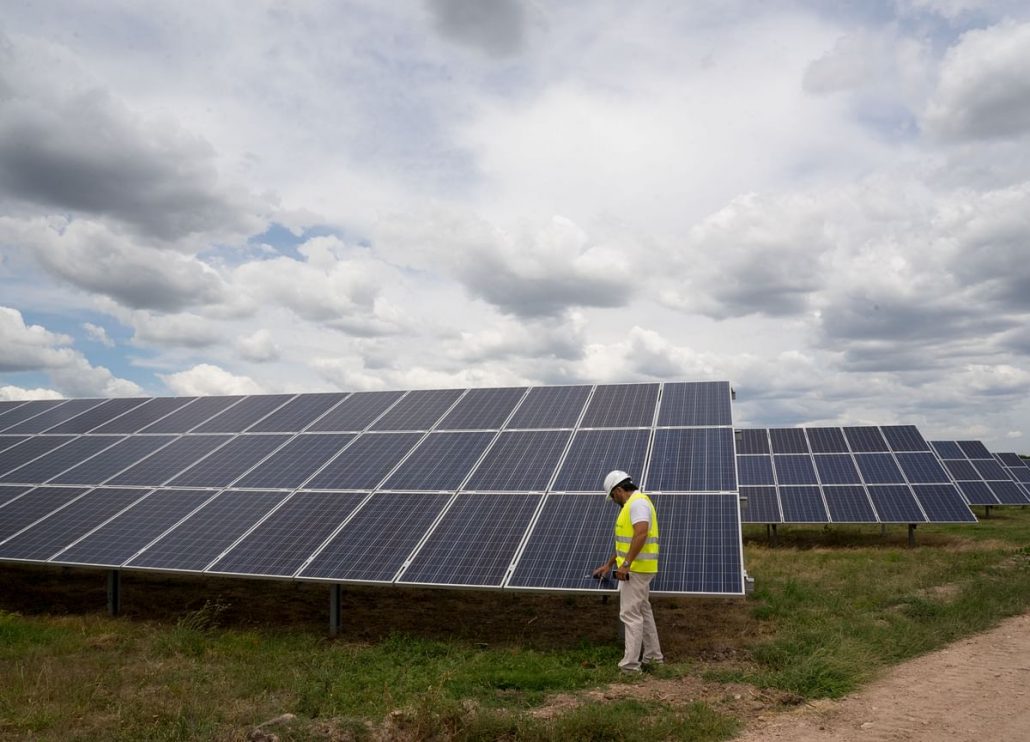
Water stocks
Water is the most abundant forms of renewable sources of energy available on the earth. However, there always exists fear about the extinction of freshwater from the earth, and the fear is real. In South Africa, the majority of the rives dried up for a good couple of months in 2018, until necessary measures were taken to replenish the water supplies. One of the best means to invest in water supplies is by following the green investments in water stocks. For example, American Water, which is the largest utility company in the United States supplies clean drinking water to almost 14 million people.
Wind Power
Wind is the most abundant form of green energy available from the environment, after solar energy. It has helped countries like China generate 217 gig watts of power, which is the largest in the world, followed by America that generates 96 gig watts of power. Hence, wind power is a smart investment for the green energy supply and production.
Solar Power
As the public awareness grew regarding the generation of electricity using solar panels, it also powered them to expand the business of solar panels. From solar watches to solar energy powered cars, the choices of using solar energy are limitless. Hence, it is the best green energy investment that a company, business or even a house hold can adopt.
Pollution Controls
Green transportation
This is in addition to above-mentioned, point since pollution is caused mainly due to the harmful emissions from the car and other hazardous gases released into the atmosphere. One big name that pops our mind is the Tesla, that is popular for investing in all the possible green technologies, that reduces the amount of harm caused to the environment. Hence, investing in green transportation is a great option.
10 “Green” Industry Terms Everyone Should Know
The “green” industry is the one that primarily focuses and aims at improving the earth’s climatic conditions by switching techniques to safer and better options. Every area of an industry or sector is specialized in certain jargons and short forms. In this article we’ve shortlisted the top 10 green industry terms everyone ought to know.
Carbon Footprint: It is a measurement of the given activity on the environment. It basically measures the amount of greenhouse gases produced and released in the atmosphere, especially regarding units of carbon dioxide released.
Lifecycle assessment: Every single product has a lifecycle or a shelf life that includes from manufacturing the raw material, to production, use and recycling of the materials. Lifecycle Assessment (LCA) helps understand the lifecycle of a product that gives a bigger and better assessment about the shelf life and their ecological footprints.
Carbon neutral: It is another name provided to the net zero carbon footprint. It is usually used when the carbon monoxide is produced from the atmosphere, hampers the environment and steps are considered to neutralize or make up for the effect by planting more trees or by conducting other forms of activities.
Sustainability: It is the term used to preserve the natural resources. It is basically used to balance out the effects caused to replenish the environment and their assets to normal. Since the resources used are not generally exhausted, they are partially sustainable or are sustained indefinitely.
Renewable: This is the one key term used for all the sources that power energy from the environment to generate energy or electricity. For example, wind, solar, water etc are renewable sources of energy that are widely used to spread the green technologies worldwide.
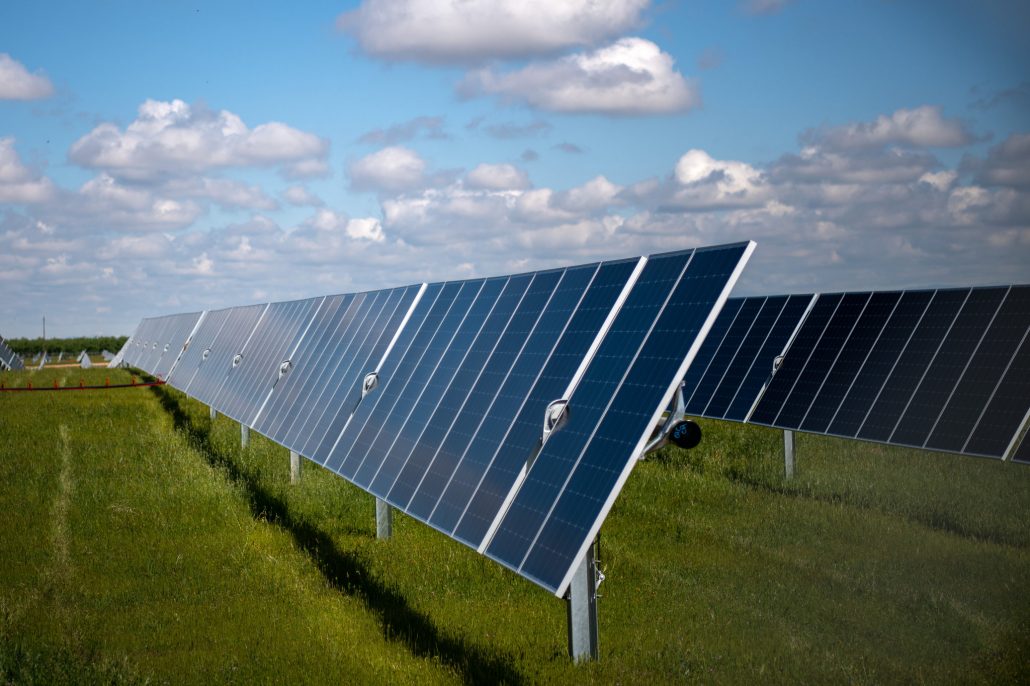
Recycling: It is not an alien word to us, however, recycling refers to chief the form physically or chemically, to re-invent them into a new product for the same or better purpose. Recycling is everywhere and available in any form or product as it reduces the use of raw materials for manufacturing new products.
Upcycling: Upcycling and recycling are closely related and it is use of waste materials or discarded objects to use it for a better purpose, probably by giving it a new from and look. It could be something completely different or tiny changes to the already existing object with better pain, repair, etc.
Regenerative design: As the name suggests, it regenerates itself with the help of the previously existing form even using new raw materials that is available to them.
Circular economy: It is the kind of economy that is in completely sync and harmony with the surroundings, and the environment. It also refers to the maximum utilization of the raw materials and products until the end of the life-span of the materials.
Important Communication To The Members Of Wgif:
WGIF Implements Strategic Plan for the Future
WGIF Merges Programs and Services into WNLA Effective July 1, 2018

